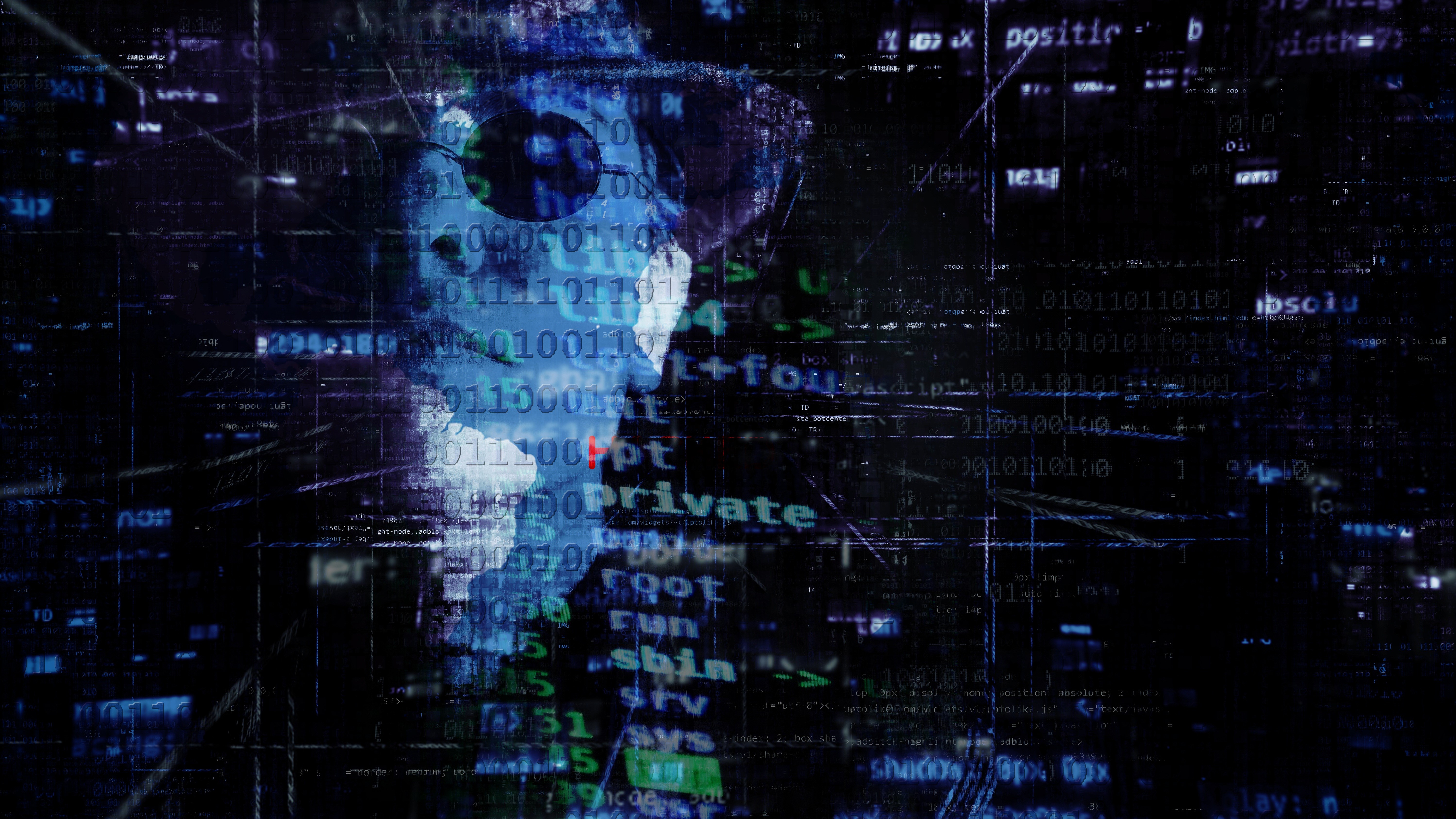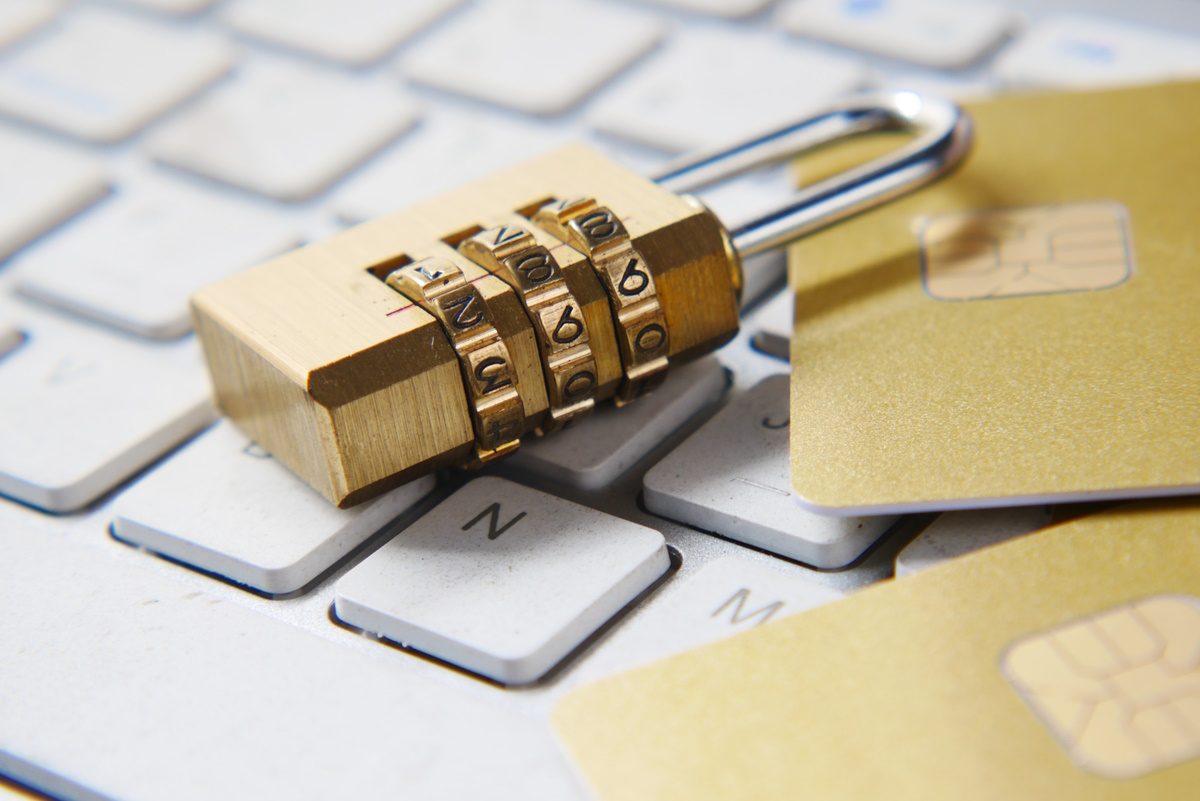Detecting Deepfake Threats in Authentication and Verification Systems
As digital transformation accelerates, the integrity of authentication and verification systems faces an unprecedented challenge: hyper-realistic deepfakes. These AI-generated forgeries, which manipulate faces, voices, and documents, have evolved from niche curiosities to sophisticated tools for bypassing security protocols. By mid-2025, the global financial sector reported a 393% year-over-year increase in deepfake-enabled phishing attacks, with losses […] The post Detecting Deepfake Threats in Authentication and Verification Systems appeared first on Cyber Security News.

As digital transformation accelerates, the integrity of authentication and verification systems faces an unprecedented challenge: hyper-realistic deepfakes.
These AI-generated forgeries, which manipulate faces, voices, and documents, have evolved from niche curiosities to sophisticated tools for bypassing security protocols.
By mid-2025, the global financial sector reported a 393% year-over-year increase in deepfake-enabled phishing attacks, with losses projected to exceed $40 billion by 2027.
This crisis has forced governments, corporations, and cybersecurity experts to reimagine identity verification in an era where synthetic media blurs the line between human and machine.
The Evolution of Deepfake Threats to Biometric Security
Modern biometric systems use facial recognition, voice patterns, and behavioral analytics to verify identities. However, deepfakes exploit vulnerabilities in each modality:
- Facial Recognition: Attackers use generative adversarial networks (GANs) to create 3D face swaps or synthetic avatars that mimic micro-expressions and lighting conditions. In 2024, researchers demonstrated that 47 specialized tools could bypass Know Your Customer (KYC) protocols, with pre-made fake images selling for as little as $5 on dark web markets.
- Voice Authentication: Text-to-speech systems now clone vocal characteristics like pitch and cadence with 98% accuracy. A 2025 study revealed that AI-generated voices could deceive 72% of human listeners in customer service scenarios.
- Document Verification: Deepfake algorithms alter ID photos, signatures, and holograms in real time. Platforms leveraging neural networks have generated counterfeit passports and driver’s licenses that passed automated checks in multiple countries.
These attacks undermine the fundamental premise of biometrics—that physical traits are immutable and unique. Deepfake injection attacks now account for many identity fraud attempts, doubling losses every eight months.
Detection Technologies: The Arms Race Intensifies
Leading cybersecurity firms have adopted fusion approaches combining hardware and AI-driven analytics:
- Liveness Detection: Solutions capture temporal data like 3D facial movements and eye reflections absent in static deepfakes. Motion-analysis algorithms can accurately detect synthetic media by analyzing micro-gestures per second.
- Behavioral Biometrics: Systems track typing rhythms, mouse movements, and gaze patterns during sessions. This continuous authentication model can flag deepfake intrusions in banking trials before transaction completion.
- Acoustic Forensics: Deepfake voice detectors identify AI artifacts through spectral analysis, isolating frequency inconsistencies undetectable to humans. Such tools have prevented millions in vishing attacks across call centers.
Emerging techniques push detection boundaries further:
- Cardiovascular Signatures: Systems analyze subtle facial blood flow patterns via camera-based photoplethysmography, achieving high accuracy against deepfakes in clinical trials.
- Quantum Noise Mapping: Prototypes use quantum sensors to capture photon-level discrepancies in synthetic images, identifying GAN-generated pixels with remarkable precision.
High-Profile Breaches and Systemic Vulnerabilities
In March 2024, a multinational finance firm fell victim to a deepfake-enabled “boardroom attack.” Fraudsters used cloned voices of executives and a synthetic video backdrop to authorize a $25 million wire transfer during a virtual meeting.
The deepfakes, trained on publicly available earnings calls and media interviews, bypassed two-factor authentication and voiceprint checks.
This incident exposed critical gaps in enterprise verification protocols:
- Many affected companies relied solely on facial recognition without liveness checks.
- Most had no real-time deepfake monitoring for video conferences.
- Internal audits revealed that synthetic voices matched CEO profiles with error margins surpassing human recognition capabilities.
Regulatory Responses and Industry Standards
Regulatory bodies now mandate watermarking for all synthetic media and real-time detection in financial systems. Non-compliant firms face significant penalties. Meanwhile, new frameworks require:
- Multi-modal biometric fusion for high-risk transactions.
- Mandatory deepfake stress tests during system certification.
- Blockchain-based media provenance tracking using international standards.
Next-Generation Authentication Architectures
Pioneering solutions aim to stay ahead of generative AI:
- Neuromorphic Chips: New processors perform in-sensor liveness checks, reducing latency and power use.
- Homomorphic Encryption: Confidential machine learning verifies identities without decrypting biometric data, rendering intercepted deepfakes unusable.
- Collaborative Defense Networks: Intelligence sharing platforms aggregate attack patterns from hundreds of institutions, updating detection models in near real-time.
As security experts observe, “The battle isn’t about perfect detection—it’s about creating asymmetric costs where attacking becomes economically unfeasible.”
With synthetic media quality improving exponentially, the cybersecurity community faces a clear imperative: adapt or risk catastrophic erosion of digital trust.
Find this News Interesting! Follow us on Google News, LinkedIn, & X to Get Instant Updates!
The post Detecting Deepfake Threats in Authentication and Verification Systems appeared first on Cyber Security News.




























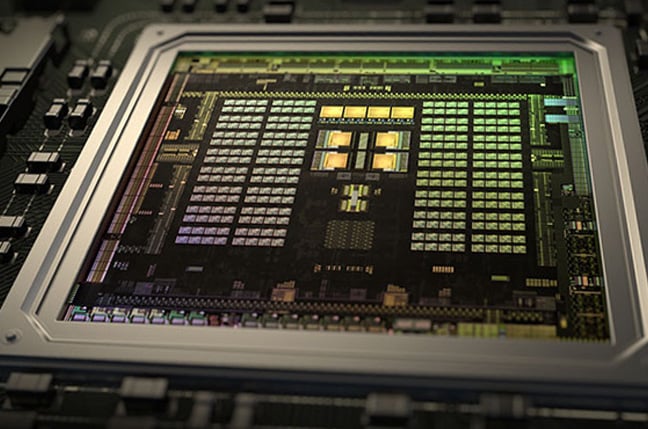











































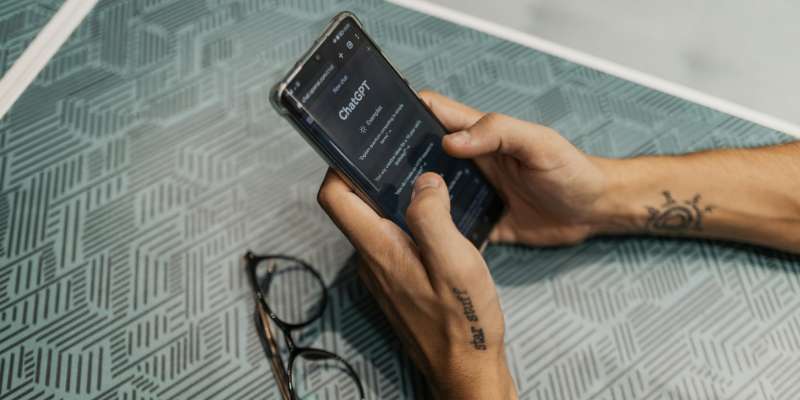











































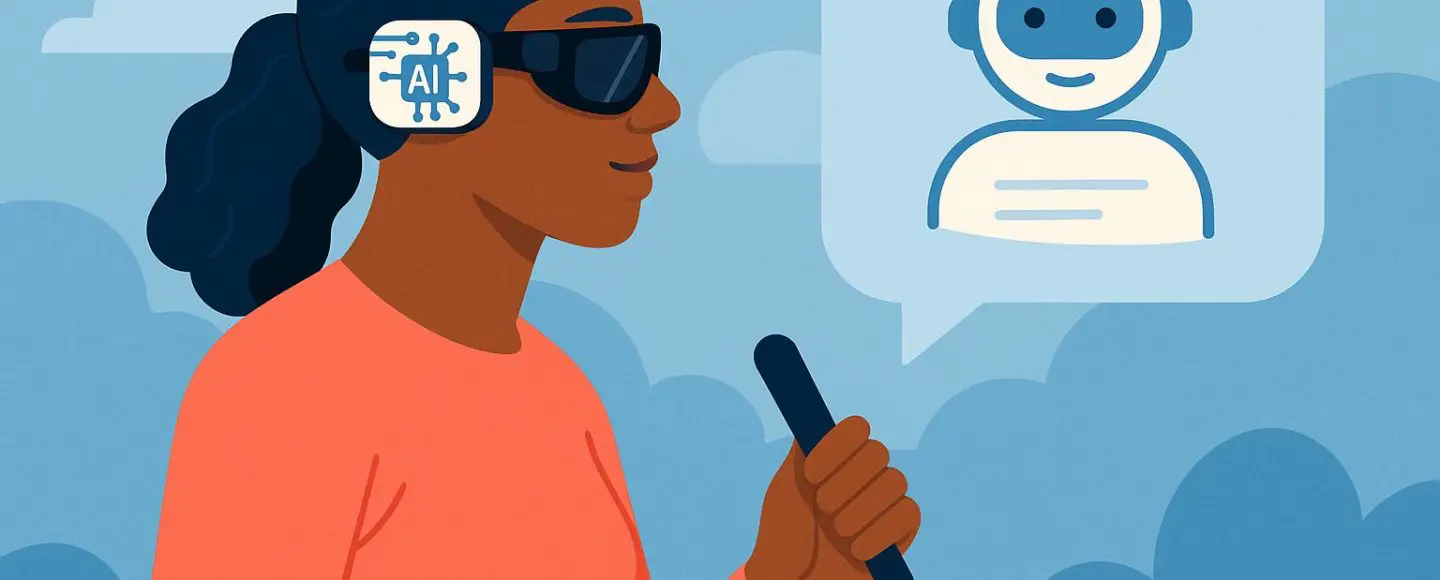

























































![[The AI Show Episode 150]: AI Answers: AI Roadmaps, Which Tools to Use, Making the Case for AI, Training, and Building GPTs](https://www.marketingaiinstitute.com/hubfs/ep%20150%20cover.png)
![[The AI Show Episode 149]: Google I/O, Claude 4, White Collar Jobs Automated in 5 Years, Jony Ive Joins OpenAI, and AI’s Impact on the Environment](https://www.marketingaiinstitute.com/hubfs/ep%20149%20cover.png)



























































































































![[DEALS] The All-in-One CompTIA Certification Prep Courses Bundle (90% off) & Other Deals Up To 98% Off – Offers End Soon!](https://www.javacodegeeks.com/wp-content/uploads/2012/12/jcg-logo.jpg)



![How to Survive in Tech When Everything's Changing w/ 21-year Veteran Dev Joe Attardi [Podcast #174]](https://cdn.hashnode.com/res/hashnode/image/upload/v1748483423794/0848ad8d-1381-474f-94ea-a196ad4723a4.png?#)







































































































































_ArtemisDiana_Alamy.jpg?width=1280&auto=webp&quality=80&disable=upscale#)




































































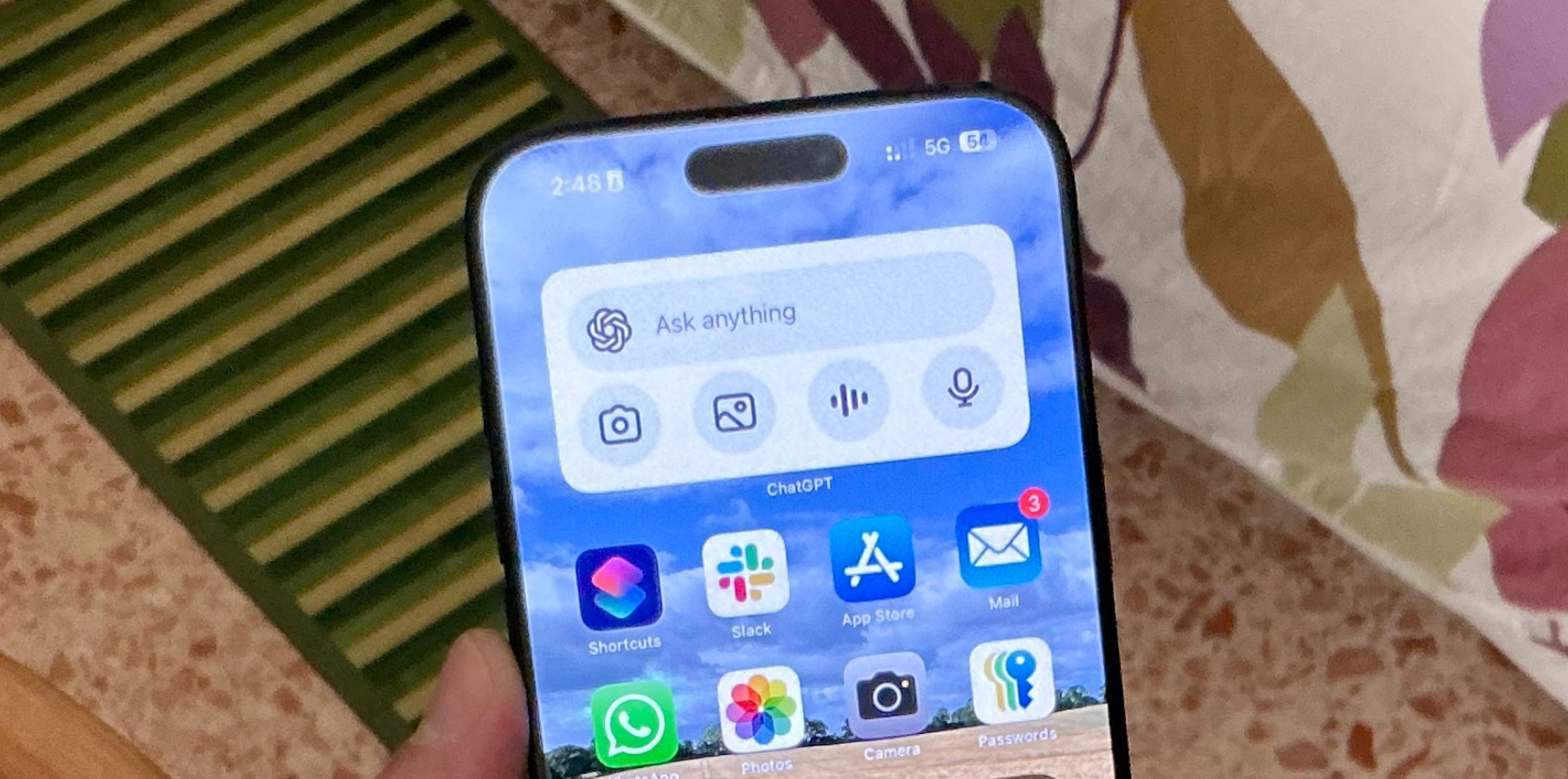









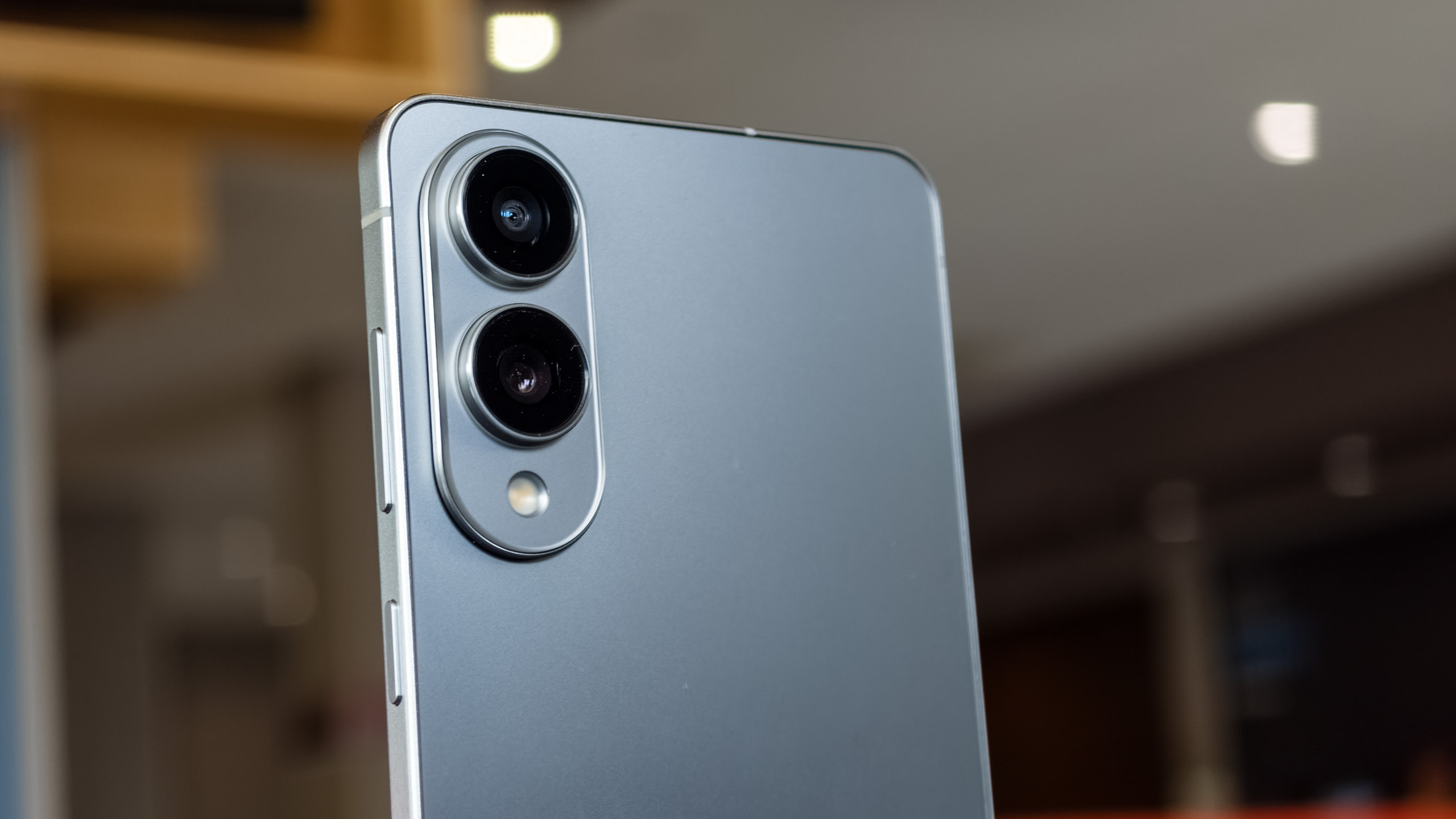
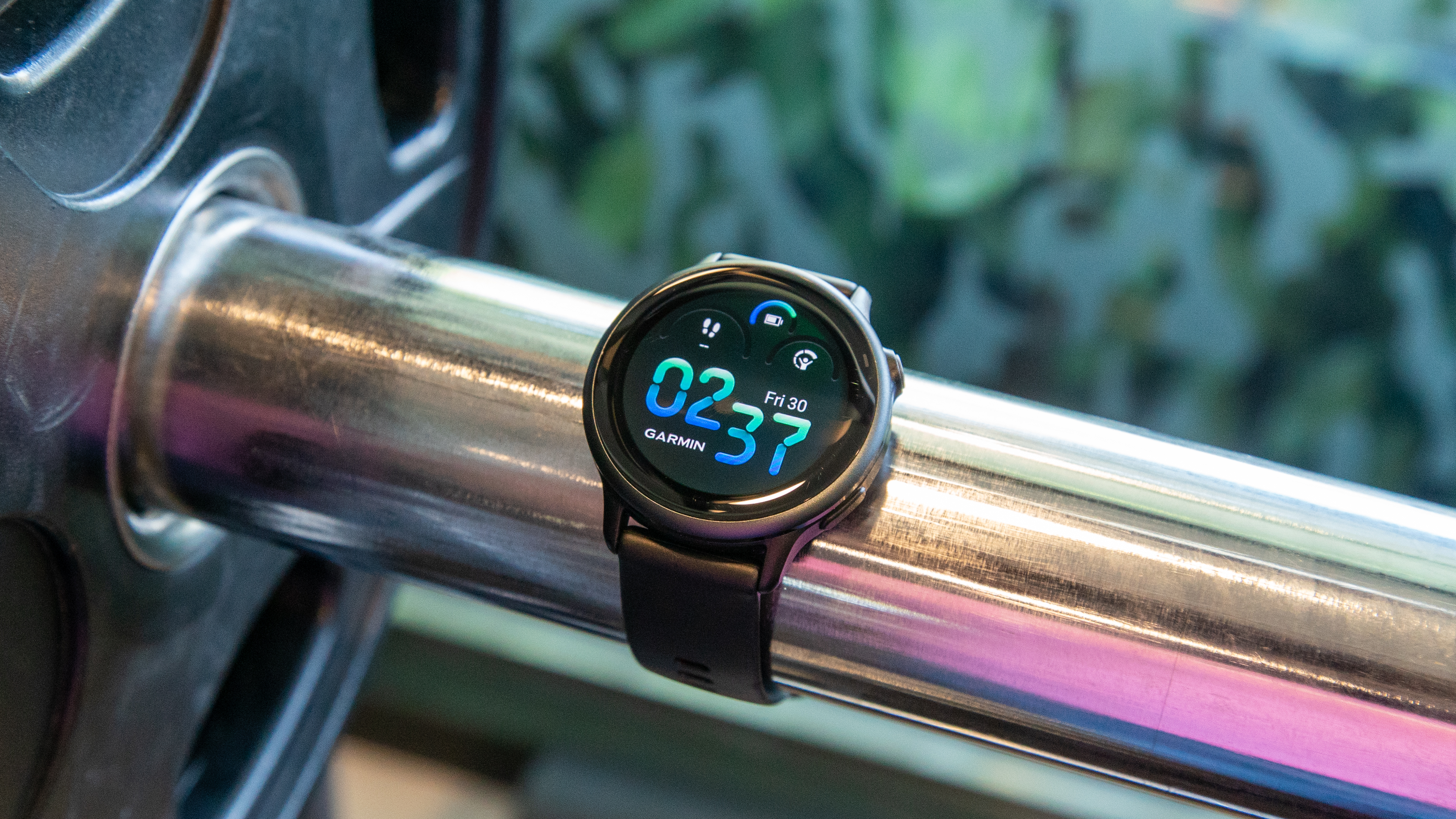



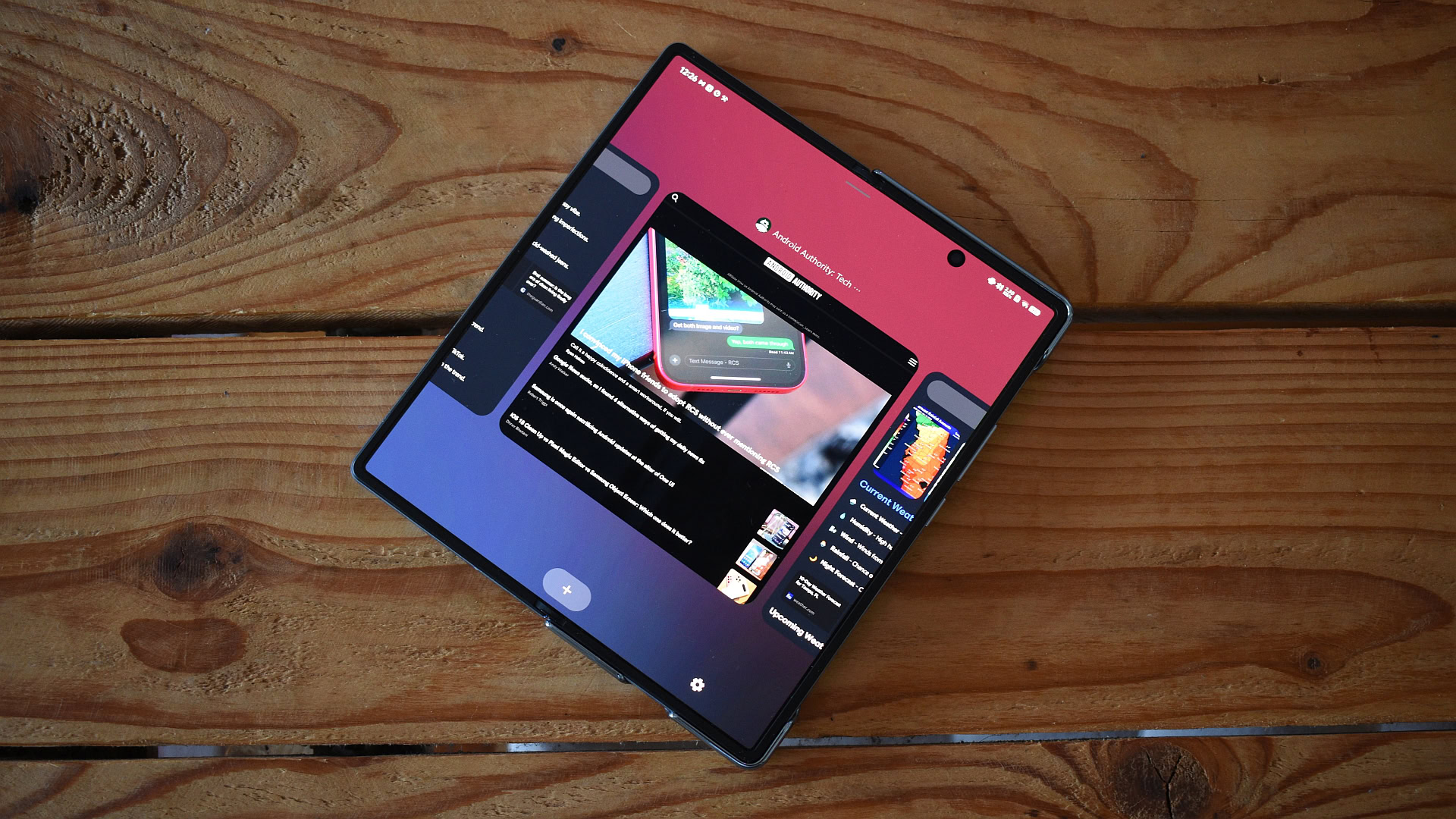



















![Sonos Father's Day Sale: Save Up to 26% on Arc Ultra, Ace, Move 2, and More [Deal]](https://www.iclarified.com/images/news/97469/97469/97469-640.jpg)


![Apple 15-inch M4 MacBook Air On Sale for $1023.86 [Lowest Price Ever]](https://www.iclarified.com/images/news/97468/97468/97468-640.jpg)
















